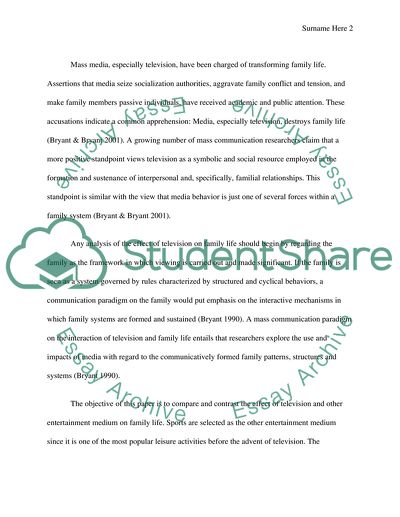Cite this document
(“Effect of Television on American Family Life: A Comparative Analysis Research Paper”, n.d.)
Effect of Television on American Family Life: A Comparative Analysis Research Paper. Retrieved from https://studentshare.org/social-science/1731354-consider-how-television-has-changed-family-life-relationsips
Effect of Television on American Family Life: A Comparative Analysis Research Paper. Retrieved from https://studentshare.org/social-science/1731354-consider-how-television-has-changed-family-life-relationsips
(Effect of Television on American Family Life: A Comparative Analysis Research Paper)
Effect of Television on American Family Life: A Comparative Analysis Research Paper. https://studentshare.org/social-science/1731354-consider-how-television-has-changed-family-life-relationsips.
Effect of Television on American Family Life: A Comparative Analysis Research Paper. https://studentshare.org/social-science/1731354-consider-how-television-has-changed-family-life-relationsips.
“Effect of Television on American Family Life: A Comparative Analysis Research Paper”, n.d. https://studentshare.org/social-science/1731354-consider-how-television-has-changed-family-life-relationsips.


